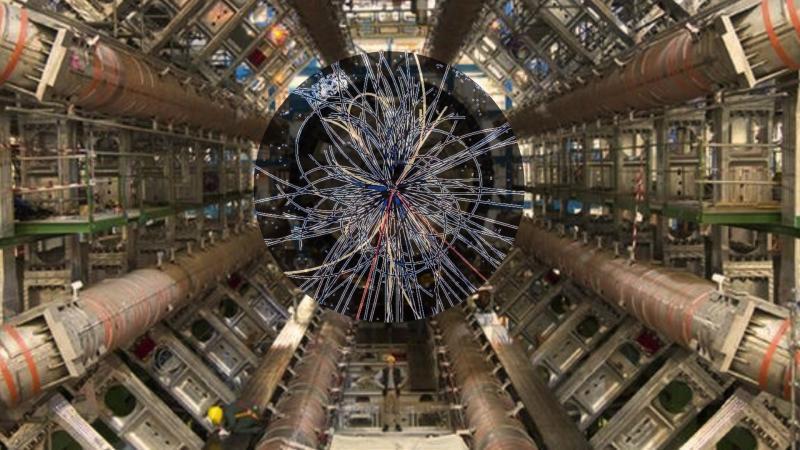
CERN Scientists Shedding Light on Antimatter & Universe’s Origins
The mysteries of the universe have long fascinated human imagination, and scientists at CERN’s Large Hadron Collider (LHC) are taking us closer to unraveling some of the most intriguing questions about the cosmos. Recently, the ALICE collaboration, a research group at CERN, made a groundbreaking discovery by confirming the first evidence of antihyperhelium-4, a type of exotic antimatter particle. This breakthrough offers valuable insights into the fundamental forces of nature, shedding light on the delicate balance between matter and antimatter, and the universe’s early moments.
The Quest for Antimatter
Antimatter, a type of matter that has the same mass as regular matter but opposite charges, has been a subject of intense research in the scientific community. The concept of antimatter was first proposed by Paul Dirac in 1928, and since then, scientists have been working to understand its properties and behavior. One of the most significant challenges in antimatter research is the difficulty in producing and manipulating these particles, as they are extremely rare and short-lived.
The Large Hadron Collider, located at CERN in Geneva, Switzerland, is one of the most powerful particle accelerators in the world. By colliding protons at nearly the speed of light, scientists can recreate the conditions that existed in the early universe, allowing them to study the fundamental forces of nature and the particles that make up matter.
ALICE Collaboration’s Discovery
The ALICE collaboration, a research group at CERN, has been studying the collisions of heavy ions, such as gold and lead, at the LHC. These collisions produce a vast array of exotic particles, including antimatter. In a recent experiment, the ALICE collaboration detected the first evidence of antihyperhelium-4, a type of antimatter particle that is extremely rare and difficult to produce.
Hyperhelium-4 is a stable form of helium that consists of two protons and two neutrons. Its antimatter counterpart, antihyperhelium-4, is composed of two antiprotons and two antineutrons. The ALICE collaboration detected the antihyperhelium-4 particles by analyzing the particles produced in the heavy-ion collisions. By studying the properties of these particles, scientists can gain insights into the forces that govern the behavior of antimatter and the balance between matter and antimatter in the universe.
Implications of the Discovery
The discovery of antihyperhelium-4 has significant implications for our understanding of the universe. The balance between matter and antimatter is a fundamental aspect of the universe, and the detection of antimatter particles offers valuable insights into the forces that govern this balance.
The ALICE collaboration’s discovery also provides new opportunities for scientists to study the properties of antimatter. By analyzing the behavior of antihyperhelium-4, scientists can gain a better understanding of the fundamental forces of nature, including the strong nuclear force, the weak nuclear force, and the electromagnetic force.
The Quest for a Unified Theory
The discovery of antihyperhelium-4 is also significant in the context of the quest for a unified theory that can explain all fundamental forces of nature. The standard model of particle physics, which describes the behavior of quarks and leptons, is incomplete and does not account for the forces that govern the behavior of antimatter.
The ALICE collaboration’s discovery offers new opportunities for scientists to study the properties of antimatter and to develop a more complete understanding of the fundamental forces of nature. The quest for a unified theory is a long-standing problem in physics, and the detection of antihyperhelium-4 is an important step towards solving this puzzle.
Conclusion
The detection of antihyperhelium-4 by the ALICE collaboration at CERN’s Large Hadron Collider is a significant breakthrough in the field of antimatter research. This discovery offers valuable insights into the fundamental forces of nature, the balance between matter and antimatter, and the universe’s early moments. The quest for a unified theory that can explain all fundamental forces of nature is an ongoing challenge, and the ALICE collaboration’s discovery is an important step towards solving this puzzle.
Source:
https://researchmatters.in/news/exotic-antimatter-spotted-heavy-ion-collisions-lhc
Note: The article is based on the news report from Research Matters, and the information provided is accurate to the best of the writer’s knowledge.






